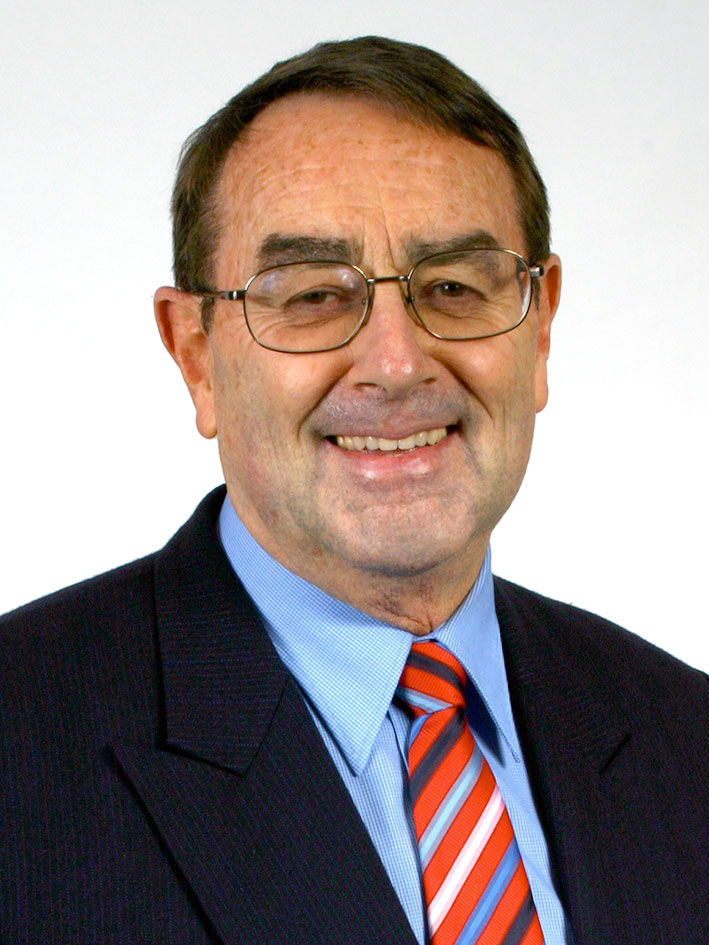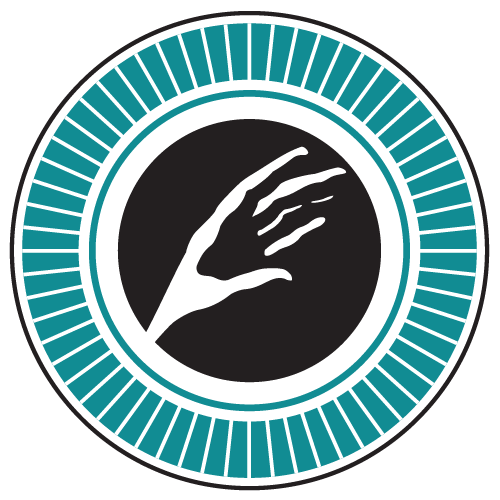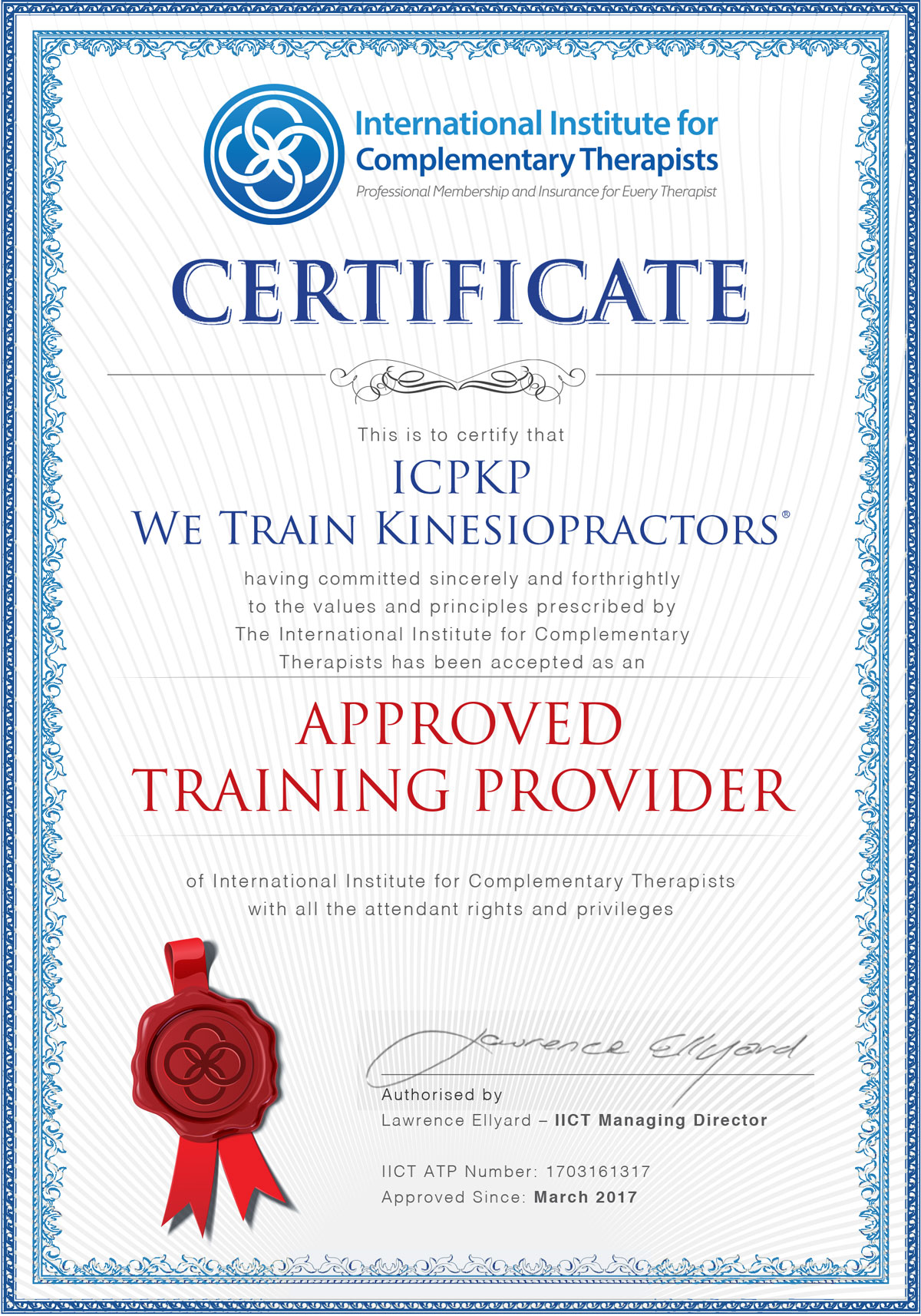Dr Bruce Dewe MD

Bruce is an international lecturer who in 2005 was recognized as one of the Founding Fathers of Kinesiology at the TFHKA Convention in the USA. Dr Dewe has been a Medical Doctor for 50 years. An auto-immune disease, with no cure, caused him to abandon a career in vascular surgery. When seeking alternative answers he was exposed to Applied Kinesiology in 1977, then Touch For Health (TFH).
Bruce took a Touch for Health course with Dr John Thie DC and then his Instructor Training Workshop (ITW) the same year and introduced TFH to New Zealand in 1978. He took AK training in 1980, became a Member of ICAK in 1981 and was appointed as South Pacific Faculty Member for the TFH Foundation (USA) the same year. He became Chairman of the world-wide Faculty, a Trustee of the TFH Foundation and was given the role of setting up the IKC, in Zürich, Switzerland.
He failed in his attempt to bring all the Kinesiologies under one umbrella with a worldwide professional syllabus, so in 1991 he began working with NZQA to get Kinesiology onto the national New Zealand Educational Framework with the subsequent registration of a level 7 (488 Credits) Diploma in Kinesiology.
Having taught anatomy at the Auckland Medical School, worked in industrial medicine (hydro-electric and tunnelling), delivered over 1000 babies and been a part-time Superintendent of a small country hospital, Bruce brought a wide range of experience to Kinesiology. Together with Joan he taught over 4000 people TFH and ran over 100 Instructor workshops in NZ, Australia and the USA.
His love of research resulted in the Colour and Sound Balances, a new concept called Goal Balancing, and he brought over 100 more muscles into the realm of Kinesiology from his research with shoulder, hip and upper and lower limb injuries in the workplace. His early ‘advanced’ workshops became PKP™ 1. His love of psychology resulted in the 5-Element Emotions chart (1982), tongue muscle (reactive patterns) and the Amygdala Emotions chart (1988). In Melbourne, 1994, the AKA gave him an Appreciation Award in recognition of his outstanding contribution to the development of Kinesiology in Australia.
From Dr. Beardall’s 4 basic fingermodes (from Hindu mudras – & shared as ‘icons’ with early Christianity) Bruce ‘dreamed’ of a database on his hand that functioned as a unique, tactile language. Following years of research, PKP™2 became public in June 1986 at the first of the famous Bali workshops where he introduced his new bio-computer language.
Bruce has the ability to put difficult concepts (like epigenetics) into simple, easily assimilated modules. He is a Kinesiopractor®, an NZRK, a member of AIMA, ATMS and life member of AIK and AKA as well as an active great-grandfather.

